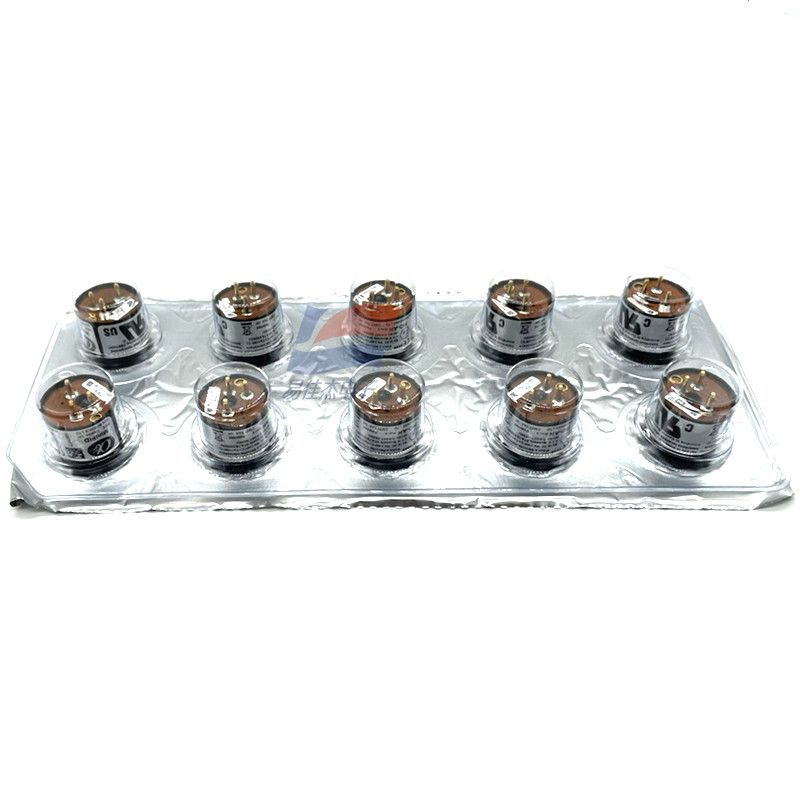| Sign In | Join Free | My carsrow.com |
|
- Home
- Products
- About Us
- Quality Control
- Contact Us
- Get Quotations
| Sign In | Join Free | My carsrow.com |
|
Model Number : PID-AH PID-AH2
MOQ : 1
Payment Terms : L/C, D/A, D/P, T/T, Western Union, MoneyGram
Delivery Time : 3-5work days
Target gases : < 10.6 eV VOCs with ionisation potentials
Minimum detection level : 1 ppb isobutylene
Linear range : 50 ppm isobutylene 3% deviation
Overrange : 50 ppm isobutylene
Sensitivity : > 20 linear range mV / ppm Isobutylene
Full stabilisation time : 20 minutes to 20 ppb
Warm up time : 5 seconds time to full operation
Offset voltage : 46 to 60 mV variable between detectors
Response time (t90) : < 3 seconds diffusion mode
PID-AH Photoionization Gas Sensor Description
With a PID, the sample gas is exposed to deep ultraviolet light.
The emitted light ionises targeted gases and they are then detected by the PID electronics and reported as a concentration (ppb or ppm).
PIDs can measure Volatile Organic Compounds (VOCs) to very low concentrations.
Considered the gold standard for VOC measurement, Alphasense PIDs are compact and low power, with recently improved electronics and longer lamp life. An extended family of lamps now include better BTEX and chlorinated VOC detection. These sensors are pin-replaceable with the 4P90 pellistor.
The Alphasense PID sensor is offered in two models, A12 and AH2. They are virtually insensitive to humidity changes, providing unparalleled performance in a variety of applications.
PID-A12 has a linear dynamic range of 50 ppb to 6,000 ppm (Isobutylene).
PID-AH2 has a linear dynamic range of 1 ppb to 50 ppm (Isobutylene).
The sensors include a detector with lamp driver, amplifier circuitry, and user replaceable electrode stack, 10.6 eV lamp and particulate filter.
PID-AH Photoionization Gas Sensor Features:
• Measurement range of 0~50ppm
• High resolution of 1ppb
• Linear output
• No need of circuit design and easy to use
• With internal heater, the sensor can work normally under high humidity without being affected.
| PID-AH Photoionization Gas Sensor PERFORMANCE | ||
| Target gases | VOCs with ionisation potentials | < 10.6 eV |
| Minimum detection level | ppb isobutylene | 1 |
| Linear range | ppm isobutylene 3% deviation | 50 |
| Overrange | ppm isobutylene | 50 |
| Sensitivity | linear range mV / ppm Isobutylene | > 20 |
| Full stabilisation time | minutes to 20 ppb | 20 |
| Warm up time | seconds time to full operation | 5 |
| Offset voltage | mV variable between detectors | 46 to 60 |
| Response time (t90) | seconds diffusion mode | < 3 |
| PID-AH Photoionization Gas Sensor (PID Sensor) ELECTRICAL | ||
| Power consumption | 85 mW (max) at 3.2 V, 300 mW transient for 200 msec on switch-on | |
| Supply voltage | 3.2 to 3.6 VDC Ideally regulated ±0.01V (onboard regulator disabled)
| |
| Output signal | Offset voltage (minimum 46 mV) to Vmax
| |
| PID-AH Photoionization Gas Sensor ENVIRONMENTAL | ||
| Temperature range | -40℃ to +55℃ (Intrinsically Safe); -40℃ to +65℃ (non-IS) | |
| Temperature dependence | 0℃ to 40℃ 90% to 100% of signal at 20℃ | |
| -20℃ 140% of signal at 20℃ | ||
| Relative humidity range | Non-condensing 0 to 95% | |
| Humidity sensitivity | During operations: 0% to 75% rh transient near zero | |

|
|
PID-AH PID-AH2 Photoionization Gas Sensor PID Gas Sensor High Resolution Of 1ppb With Internal Heater The Sensor Can Work Normally Under High Humidity Images |